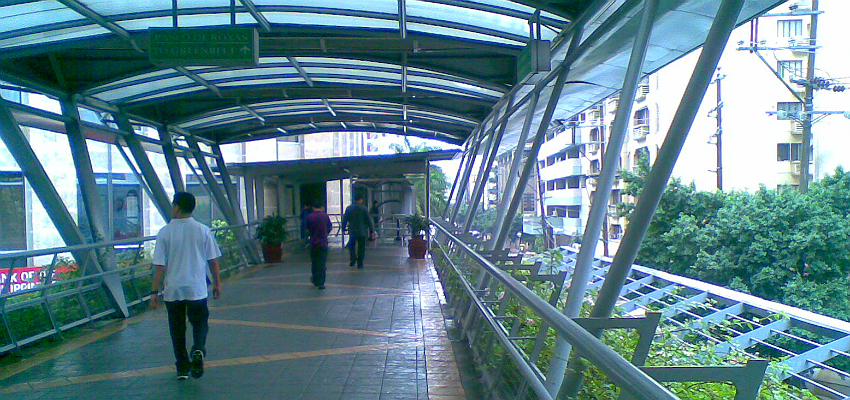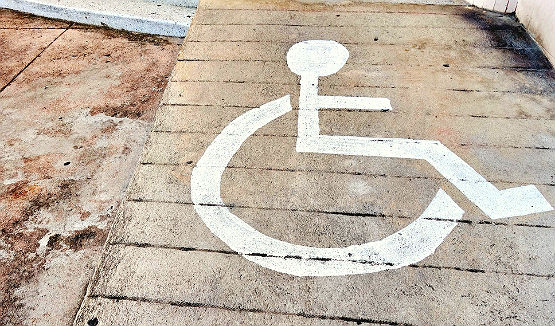In September last year, I decided to give up the no-ligo, pajama-clad freelancing days in favor of dressing up and joining millions of Filipinos in Metro Manila to commute to work in an actual, physical office.
I’m crazy, right? Why would I trade working inside the confines of my comfortable home and return to the daily, most of the time stressful, urban grind? Nonetheless, my experience with public commute gave me an opportunity to smartly examine my property choices so I can make a confident decision in choosing my next home. Here are these homebuying eye-openers public commute in Metro Manila has showed me:
1. “Accessibility” doesn’t always mean “convenience.”

You have to admit that without consulting your dictionary app or Googling its meaning, you’d first think that these two terms are often the same thing. But what separates the two is your personal connection to any amenity, service or facility in your neighborhood.
For example, a starter family would prefer to live in the suburbs because of how affordable property prices are. But to the heads of the family (both mommy and daddy) would consider increasing their budget in favor of cutting down the everyday hassle of travelling to work. As such, starter families may consider buying a home somewhere North of Manila or near a business district.
The decision will be entirely different to overseas Filipino workers or retirees. For someone who has been working for a very long time and had made a lot of sacrifices along the way, every penny counts, and will prefer to live in townhomes or houses in subdivision developments that are far away from the hustle and bustle of city life. As such, they consider buying homes for sale in the South.
2. Mas OK pang maglakad kesa mag-commute.

Not yet swayed with the many health and financial benefits walking provides? You may want to reconsider the amount of time you lost taking unnecessary rides to your destination, largely because you have no control on what happens on the road.
So what if you can sift through your work e-mails or catch up on sleep during traffic? Developed countries have long championed walking as a preferred form of public transit. Aside from the fact that you can overcome roadblocks by simply walking the other way or finding another route (see next item), walking allows us to take back control of our time spent on commuting.
3. A neighborhood should allow us to find our way to a location easily.

Pedestrian infrastructure like walkways, underpasses, and footbridges not only provide pedestrian comfort when moving in a city, they also provide visual cues on how a city is designed and aide people, including newcomers, to map out efficient routes to their destination.
While wrapping one of my first job interviews in Makati, I was told by my interviewer that there’s a bus that can take me from Makati to my aunt’s place (where I initially bunked right after college) in Cavite, but I have to go to Park Square somewhere near Landmark. I have no idea where would that be, and Google Maps and smartphones were not in style yet.
Lost somewhere in Dela Rosa Street, I saw the starting point of an elevated walkway. Noting the many well-dressed people walking towards the walkway, I decided take it. 15 minutes later, I saw the sign saying that Landmark is just a few meters ahead.
4. Pedestrian facilities, including those for PWDs (persons with disabilities) should be treated with respect and care.

There are too many instances that we see vehicles double, heck, even triple park on sidewalks and even PWD lanes due to the lack of parking space. Moreover, only in the Philippines do we allow residents to host parties and funerals alongside the street. These events, which are always taken under the politician-sponsored tarp canopies, sometimes take up all of the sidewalks.
These actions not only expose pedestrians to the risk of getting hit by a vehicle, but also contribute to the deterioration of the infrastructure. And when there’s signs of physical deterioration in a neighborhood, property prices for sale in that area may not realize its potential value in the future.
5. We need to consider our bodies of water as alternative routes.
After touring Binondo, the ZipMatch team decided to take the Pasig River ferry instead of chartering a cab back to the office. To our surprise, the ferry ride was short, much more comfortable, and considerably cheaper than battling for a ride in one of the most busiest locations in the metro.
No wonder these nearby locations are considered real estate gems when buying a home in Metro Manila. During the ferry ride, we also noticed that the opportunities to turn Pasig River into a transit network was boundless, considering the fact that its stops are accessible to residential and commercial points in the metro. For 70 pesos per person, you can take a safe, relaxing ride from Manila to San Joaquin, Pasig, which is quite near C-5 and Bonifacio Global City.
Moreover, the growing improvement of esteros have been breathed new life thanks to the combined, exhaustive efforts of Pasig River Rehabilitation Commission (PRRC), the local government units, and residents. Just as these small network of channels help water travel from one point to another, they can be tapped to serve as future travel routes, further reducing traffic congestion in major roads.
Now you know why master-planned communities are popular to homebuyers in the Philippine real estate. Check out why starter families and yuppies are loving Forbes Town Center.











